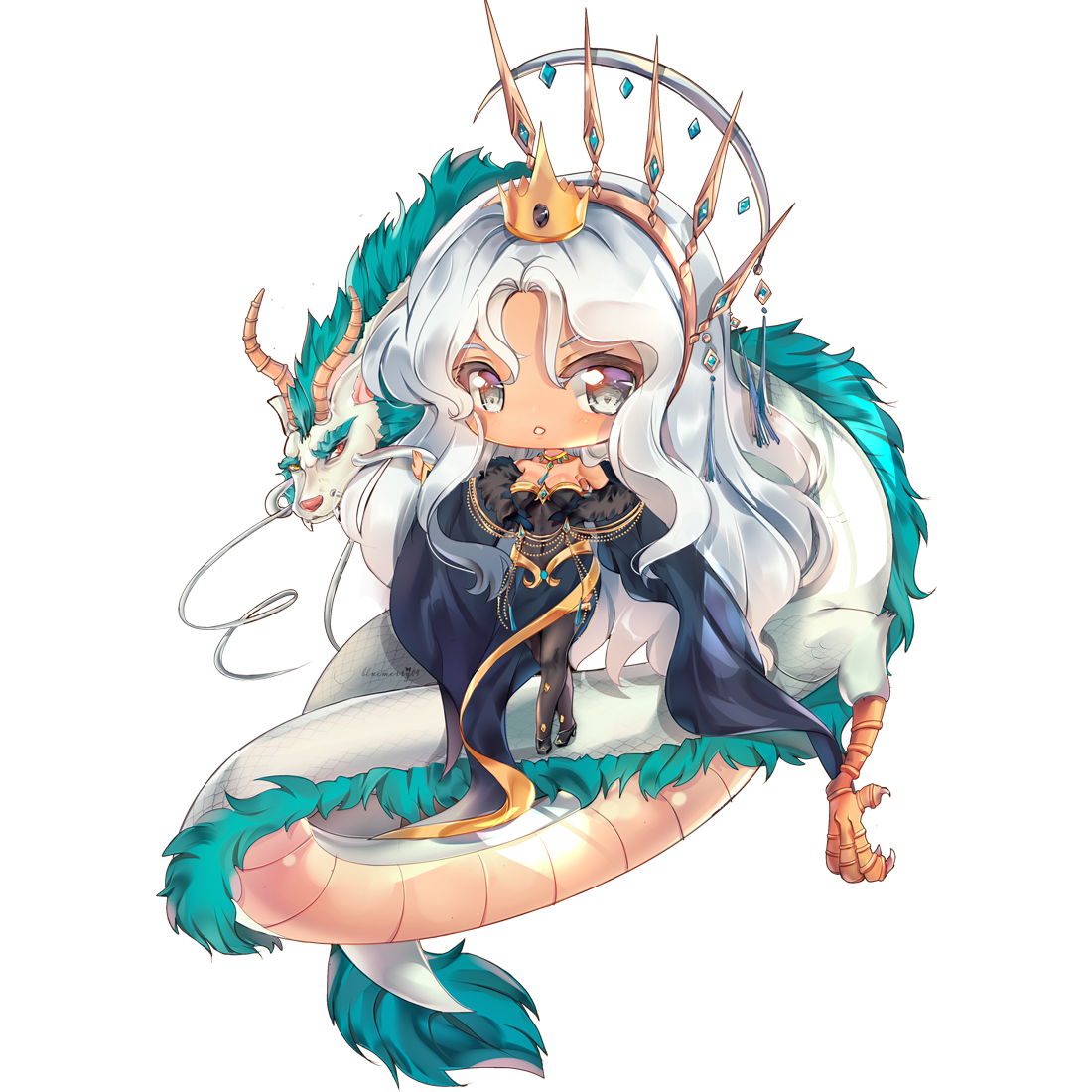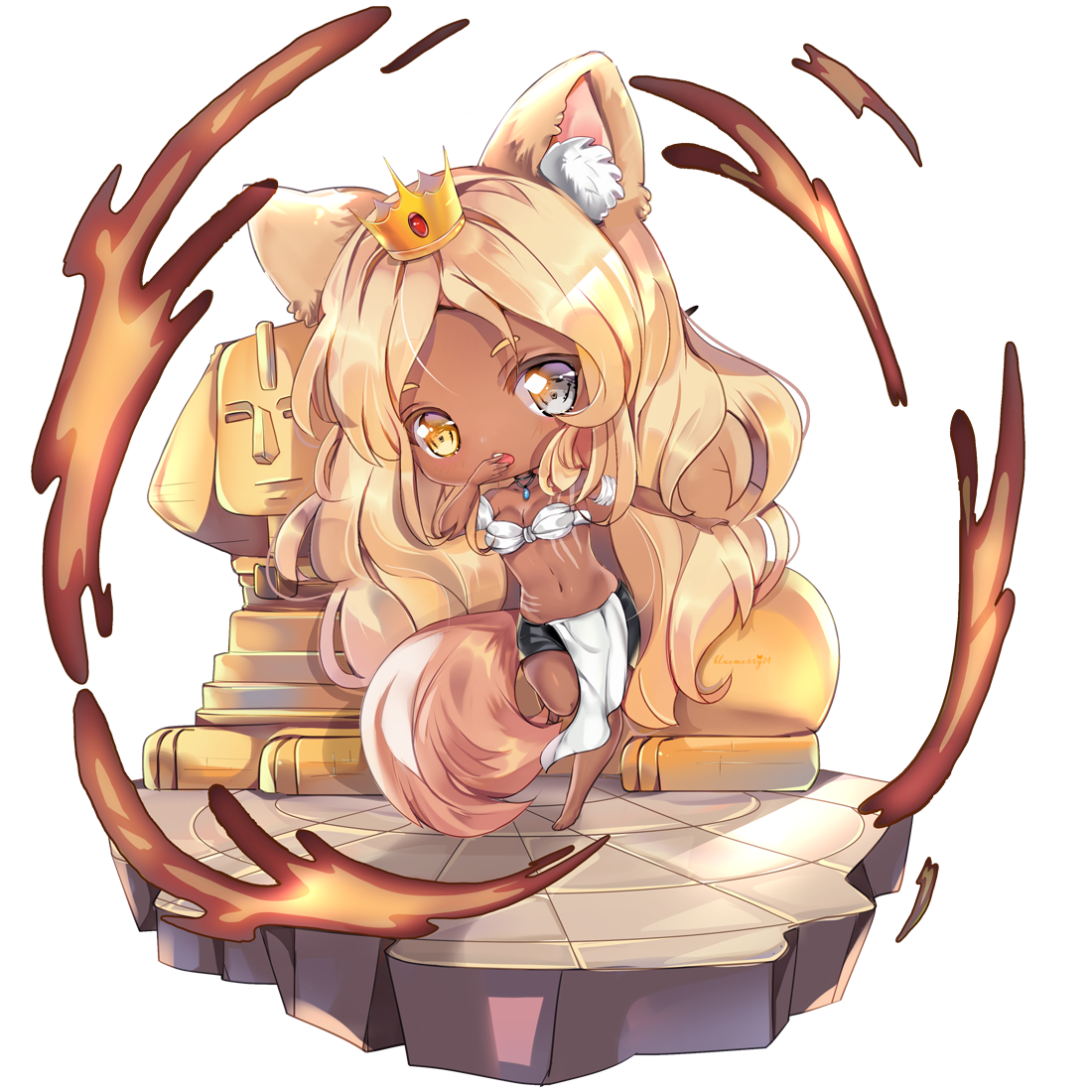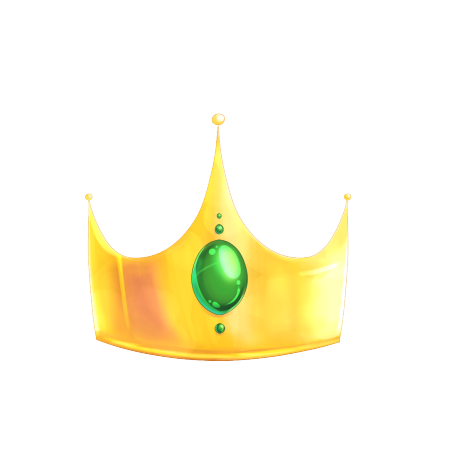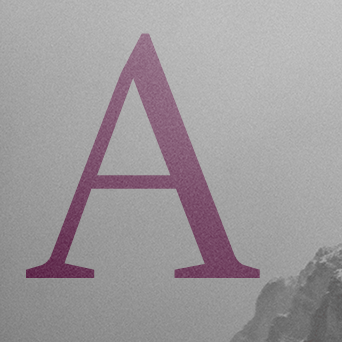About Me
Caught in the mushy middle: How Quartz fell to earth
The Atlantic wanted to corner a more premium space, selling marquee advertisers on a new generation of yacht owners and Rolex wearers. A free and digital Economist for the budding millennial business elite. The concept oozed an Obama-era ethos of global interconnectivity. “When you walk through a busy Asian airport, nobody is talking about or thinking about the American economy. The world has gotten much bigger than that,” David Bradley, then the owner of the Atlantic magazine, told the New York Times upon the launch of Quartz. Under the leadership of editor-in-chief Kevin Delaney, a former Wall Street Journal editor, and publisher Jay Lauf, formerly of the Atlantic, the project began with a staff of 20 journalists and four premium sponsors — Boeing, Cadillac, Chevron and Credit Suisse.
Staffers from the early years say that Quartz calacatta luxury was marked by a culture of experimentation and innovation codified by an internal buzzword — “quartziness” — a nebulous term loosely defined as the meeting of creativity, quirkiness and intelligence.
In August 2013, when Steve Ballmer stepped down from Microsoft, Quartz’s headline highlighted the CEO’s personal windfall from the surging stock: “Steve Ballmer just made $625 million by firing himself.” The clever take helped Quartz’s version of the story rise above the rest in the early days of headlines engineered for the social web, where hundreds of thousands of pageviews, if not millions, hinged on framing. “That was a very archetypal way we responded to breaking news,” said Gideon Lichfield, then an editor at Quartz and now the editor-in-chief of MIT Technology Review. “We talked a lot in those days about ‘quartziness.’ To figure out the unexpected take or angle on something and write that.”
A Quartz style guide from the time encouraged reporters to “write at the intersection of the important and the interesting” and to “think social.” Stories should fall on the “Quartz curve,” meaning either short (less than 500 words) or long (more than 800 words), but not in the middle, a rejection of the typical length of a newspaper story in the mobile-reader ecosystem. The newsroom eschewed “desks” or “beats” and organized around “obsessions.” Africa’s economy is a beat, according to the style guide, but Chinese investment in Africa is an obsession — a phenomenon shaping readers’ lives and industries. “Obsessions” shift, while beats remain constant, in theory making Quartz’s newsroom more agile but in practice also permitting reporters to be more scattered.
Quartz quickly gained a reputation among media navel-gazers as one of the most forward-thinking newsrooms on the “future of news.” The company was regularly lauded across the trade press, including by Digiday, for experimenting with technology in ways both useful (compelling visual ads) and charming (a light in the newsroom letting staffers know when it was going to rain).
Before data-related editorial roles became industry standard, Quartz carrara melded the product into the newsroom, primarily through its “Things” team led by Seward. A combination journalism and coding squad, Things introduced a tool that allowed reporters to quickly publish their own crude charts. In traditional newsrooms at the time, placing a graphic into a story could be a time-intensive group endeavor. Given that a headline promising “one chart perfectly explaining” a certain topic was then a reliable traffic-generating trope, the tool allowed Quartz reporters to be more nimble and independent. Visuals and interactives spread across the industry, and Quartz helped set the standard for what digital business journalism could look like. In short order, the company was generating praise and awards.
“One of the great things that Quartz did was really inspire newsroom leaders around the world to see news as a product and not just a chunk of text,” said Dan Frommer, a Quartz editor from 2014 to 2016 who now writes a newsletter called The New Consumer. “The fact that not only was everyone was allowed to — but was responsible for — their own charts led to a data and math literacy that a lot of places don’t encourage or mandate.”
As Quartz’s profile grew, so did its traffic. Less than a year after launching, Quartz hit 2 million unique visitors and surpassed the Economist, a moment seen at the time as a changing of the guard. It signed on more advertisers like Ralph Lauren, KPMG and Rolex.
Over the next few years, the Facebook referral gods delivered Quartz and a horde of other outlets booming traffic. The company expanded into new markets like India and Africa. By late 2015, it had a staff of 60 on the editorial side writing 50 to 60 pieces of content a day and was pulling in about 15 million monthly unique visitors. It dove into video and by March 2016, amid the video explosion on Facebook, reached 200 million views across platforms, the kind of milestone touted at the time by media executives who would later come to learn the fickle nature of Facebook video views.
Competitors for ad dollars saw Quartz as a model publisher. “When I was running Slate, I looked at them with admiration,” said Keith Hernandez, that site’s former president. For the first two years of the business, Quartz rarely made concessions on price, scoring CPMs of about $75, according to people familiar with the matter. Its in-house sponsored content unit worked with big brands to fashion custom, sharp-looking (and less intrusive) native and banner ads, rebuking IAB standard display ad units. When Quartz opened up its chart building tool to the public, GE was the founding sponsor.
The quality-over-quantity advertising mantra worked and Quartz’s prosperity reassured small and medium-sized newcomers that it was possible to score blue-chip clients with deep pockets. “There was a realization that the growth on Facebook was not going to be infinite, and that there might be a place for the middle class of publishing if you can create beautiful ads,” Hernandez said.
Lost focus
Quartz celebrated its fifth birthday in September 2017 amid a wave of optimism. “Quartz now reaches more than 100 million of you every month across various platforms. Just last month, our website had 22 million unique visitors,” Delaney wrote in a memo laying out the plans for the future. More expansion was on the horizon. There would be Quartzy, a new vertical expanding life and culture coverage, as well as Quartz At Work, to cover management and the workplace. An afternoon component was to be added to Quartz’s popular Morning Brief email. More video series would debut across Facebook, YouTube and Quartz’s site.
Meanwhile, the ownership structure at Quartz’s parent company had changed. A few months earlier, David Bradley, the owner of Atlantic Media, sold a majority stake in the Atlantic magazine to Laurene Powell Jobs, the widow of Apple founder Steve Jobs. Quartz remained under the Atlantic Media umbrella, but Bradley made clear to those around him that the next generation of his family had no interest in becoming media barons. Speculation swirled that Quartz, an albatross around Bradley’s neck, was also for sale.
Market forces were also starting to shift. Facebook, humbled by the press for its central role in the spread of misinformation, changed its News Feed algorithm in January 2018 to emphasize user content over publishers’. News companies coasting on the traffic bonanza saw their audience drop. Quartz, for its part, had experienced this kind of whiplash before. In the early days, the site picked up hefty referral numbers from LinkedIn only to have that evaporate when the platform pivoted to hawking its own content. Before the Facebook algorithm change, but especially after, publishers including quartz other marble copy renewed their interest in search optimization to diversify their referral sources. For legacy sites, returning in part to a Google-driven model was familiar. That’s how it was done before the Facebook gold rush (remember “What Time Is The Super Bowl?”). But Quartz had missed much of that era of media.










